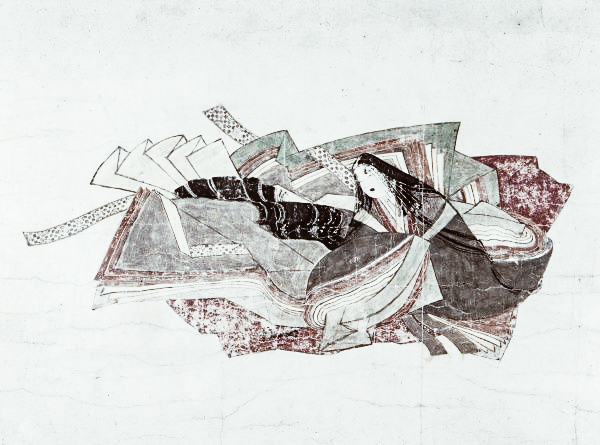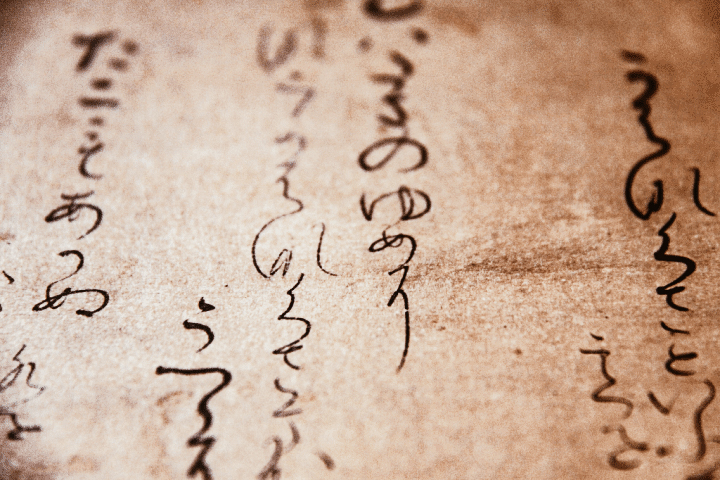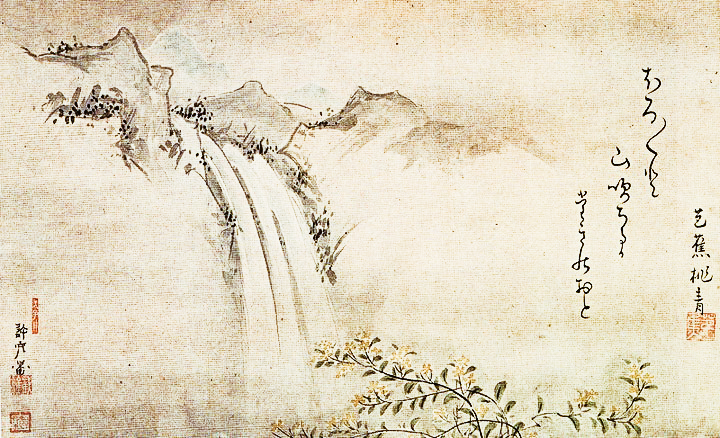Italy, France, England, America and many other countries in the world offer a vast poetic production, but what is Japanese poetry like? Here we are on this fascinating literary journey to discover something more about the Land of the Rising Sun!

photo credits: grangerprints.printstoreonline.com
Introduction to Japanese poetry
Author: Sara | Inspiration: Tokyo Weekender
Japanese Poetry: Kanishi

photo credits: wikimedia.org
Curiously, most of the literary works of Japanese poetry were born during the Tang Dynasty, from the encounter of Japanese poets with Chinese ones. And so, under Chinese influence, Kanshi 漢詩 became the most popular form of poetry during the early Heian period among Japanese aristocrats and became increasingly popular in the modern period, especially among academics and intellectuals. The themes were free, while the forms were more rigid: the classical ones counted about 5 or 7 syllables in 4 or 8 lines, following the rules of Lushi 律詩 (rhyme on even lines with a regulated tone) and jueju 絕句 (rhyme in even lines and composed only of quatrains) based mainly on the tone of Mandarin Chinese.
The major exponents of this style are certainly Kukai, Sugawara no Michizane, Maresuke Nogi and Natsume Soseki.
Waka

photo credits: https://matcha-jp.com/jp/289
Unlike Kanshi, Waka 和歌 was classical poetry written in Japanese with two very precise forms: Choka, 長歌, or long poems with no length restrictions. The structure is simple and consists of 2 lines of 5 or 7 syllabic sounds (which determine the accent) that ends with 3 lines of 5, 7 and again 7 syllabic sounds. Tanka, 短歌, instead has a similar structure, but they are shorter poems, often consisting of only five groups of words respectively of 5, 7, 5, 7 and, finally, 7 syllabic sounds. Waka does not follow the rhyming rules and is still very popular in modern Japan, even if now the Tanka form is preferred: the more incisive brevity reflects as always the essentiality of deep culture. The poet par excellence is certainly Machi Tawara.
Haiku

photo credits: wikimedia.org
What is the Japanese poetic composition that we consider among the most famous? Without a shadow of a doubt, it’s the Haiku, 俳句. Loved by all, it is usually composed of 3 verses and 17 total syllabic sounds, schematically 5/7/5. Haiku experienced its development in the Edo period when many poets relied on this genre to describe nature and human events directly related to it. In fact, these small “compositions of the soul” express the beauty of every single instant, representing “the moment” and giving the reader that sense of “enlightenment” thanks to the images that the words evoke. The most famous and beloved poets are undoubtedly Basho, Yosa Buson, Kobayashi Issa, and Masaoka Shiki.
Our journey into Japanese poetry ends here, for now. This is a very short overview that has allowed us to enter the world of literature of our beloved Japan. What is your favourite form of poetry among the above? Mine is easy to guess: I particularly love Haiku. Here is one of my favourites by Matsuo Basho:
Let’s take
the marshy path
to get to the clouds.
Continue to follow us to discover other little pearls of this oriental world and I recommend that you continue on the path you have taken: happiness is always in front of you!
Share this:
- Click to share on Facebook (Opens in new window)
- Click to share on Twitter (Opens in new window)
- Click to share on Tumblr (Opens in new window)
- Click to share on Pinterest (Opens in new window)
- Click to share on Telegram (Opens in new window)
- Click to share on WhatsApp (Opens in new window)
- Click to share on Reddit (Opens in new window)
- Click to print (Opens in new window)






